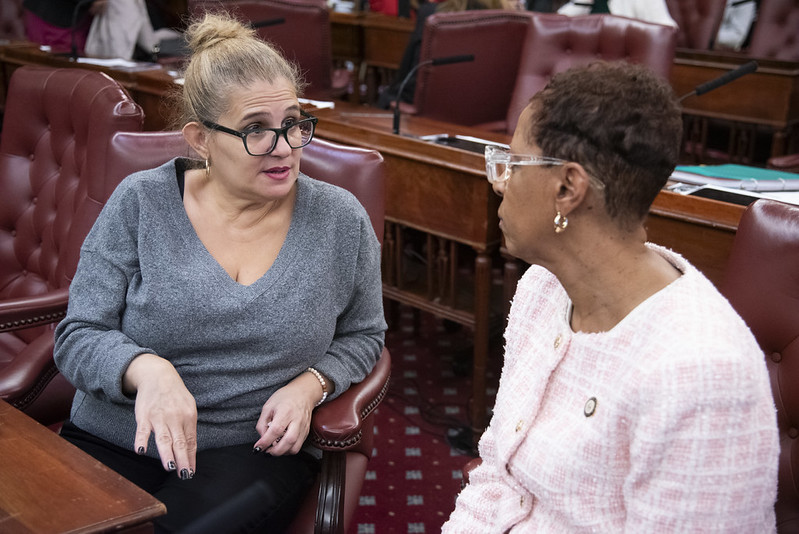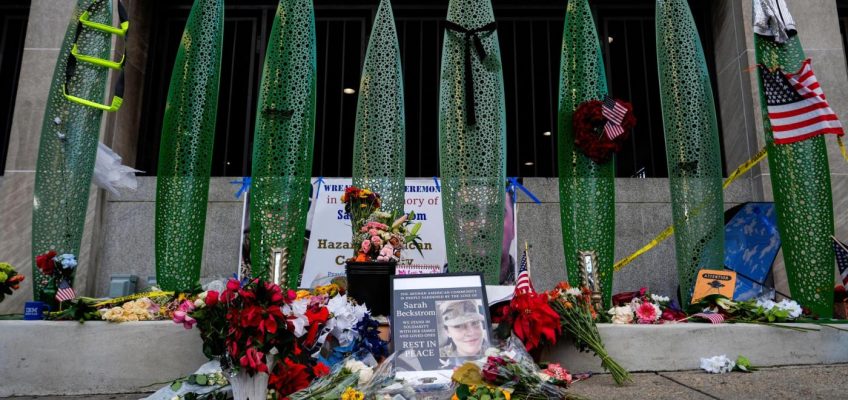After leading the Vikings to a 31-0 win over the Washington Commanders, young quarterback J.J. McCarthy tried his best to keep the focus on the big picture.
He repeatedly talked about how his success in the present — he completed 16 of 23 passes for 163 yards and a trio of touchdowns in the win — doesn’t mean anything if it doesn’t translate to success in the future.
McCarthy, however, momentarily let his guard down after some prodding at the podium, answering honestly when asked if he needed a performance like this to ease his mind.
“Yeah,” he said. “It’s definitely reassuring.”
There hasn’t been much for McCarthy to feel good about this season as he attempts to put the pieces together. He missed more than a month and a half with a high ankle sprain, then seemed to get bogged down in the minutiae as he reworked his mechanics before missing another game while in concussion protocol.
To combat the paralysis by analysis that had been plaguing McCarthy, head coach Kevin O’Connell opted for what can be considered a simplified approach, even if he pushed back on the semantics surrounding the strategy.
“The word simplification and all that is getting thrown out,” O’Connell said. “If it was that simple, I would probably get a lot more rest.”
Nonetheless, there was a marked shift in how the Vikings operated against the Commanders, putting less pressure on McCarthy to make the offense move. In total, the Vikings handed the ball off 28 times, and while some of that was due to them playing with a rare lead, the passing attack didn’t seem to be hunting for explosive plays in the same way it had been.
The advanced metrics support the eye test as McCarthy had the lowest average time to throw (2.56 seconds) of his career, and the second lowest average depth of target (7.5 yards). Not only did he get the ball out quicker than ever before, he also didn’t push the ball down the field at the same rate.
“He threw the ball pretty accurately,” O’Connell said. “I thought it was really positive for him.”
The question now is whether that short-term approach will ultimately lead to long-term success. The next litmus test will come when the Vikings travel to play the Dallas Cowboys on Sunday night at AT&T Stadium, where it will be interesting to see how O’Connell handles McCarthy’s responsibilities as a signal caller.
Although it’s unlikely the Vikings will ever go completely away from an offense aimed at creating explosive plays, O’Connell might have to continue to scale it back while McCarthy gets his feel under him.
Perhaps growing restless with the approach last Sunday against the Commanders, O’Connell dialed up a perfect play call that probably should have resulted in McCarthy hitting receiver Justin Jefferson for a 66-yard touchdown. Instead, McCarthy bailed from the pocket amid minor pressure and scrambled his way for a 16-yard gain.
“We had a chance for a touchdown there and J.J. got moved off the spot,” O’Connell said. “We actually kind of created a play on the sideline to put an exclamation point on the game.”
The design worked to perfection as receiver Jordan Addison went into motion before the snap, ran a dig across the middle of the field and pulled a defender with him in the process. That left Jefferson running wide open after a perfectly executed stutter-and-go move.
“It just didn’t come to me,” Jefferson said. “It is what it is. It’s not really something I’m affected by, or overly thinking about. As long as we get the win, that’s all that matters.”
The hard truth layered in that pragmatic response is the fact that McCarthy missing that type of throw could eventually be the difference between winning and losing down the road. If the Vikings are going to live in a world that prioritizes efficient drives over explosive plays, McCarthy can’t miss the layups that will inevitably present themselves along the way.
“It doesn’t matter what happened,” McCarthy said. “It’s about doing it again and consistently growing and staying on the right trajectory of being the best version of ourselves.”
That hinges on McCarthy being the best version of himself.
Related Articles
The Loop Fantasy Football Report Week 15: Some subs needed for fantasy playoff relief
Playoffs?! Here’s exactly what has to happen for the Vikings to make it
Mizutani: There will never be anybody quite like Harrison Smith
PFF grades from the Vikings’ win to the Commanders: J.J. McCarthy has a breakthrough
Takeaways from the Vikings’ 31-0 win over the Commanders




